As an Amazon FBA seller, the most fundamental question on your mind is always – “How do I boost profit margins and make more money to grow my FBA business?”
In this article, we’re going to cover 8 strategic methods & tactics to help increase profit – without needing to increase your prices or invest thousands of dollars into marketing.
Buckle up and take a few notes – these are extremely actionable tips you can take advantage of right now & implement into your FBA business:

Negotiate payment terms with your manufacturer/supplier
If you can secure payment terms to delay full payment on your inventory purchases… you can now buy higher quantities from your supplier or manufacturer. This means you can negotiate a lower cost per unit – and therefore directly increase your profit margins.
After accomplishing this, you can either 1) maintain your regular prices and cruise off your newly-improved profit margins, or 2) lower your prices a tad, which can increase total profit by sparking higher sales volume.
If payment terms can help lower your cost-of-goods by 15% and you maintain the identical sales volume at 8% lower prices, that’s going to result in more profit just by itself. However, that’s probably the worst case scenario – because you’re probably going to increase sales volume with a lower product price, which now results in greater total profit. This might be a good strategy if 1) you’re ready to deploy large amounts of capital into large bulk inventory purchases, and 2) your cash flow situation is healthy.
Look to secure payment terms either directly with your manufacturer, through Alibaba, or any other marketplace/provider. And of course – don’t be afraid to explore the possibility of a loan (if you can find acceptable terms).
Now, you might be wondering – what about the interest on the terms? Won’t that negate the profit margin improvements?
As long as the interest isn’t extremely high, you shouldn’t have a problem making it back (plus more) due to the significantly lower inventory costs. Always make sure to run the math first though – you don’t want to get stuck with high interest and a disappointing deal on your cost-of-goods with the manufacturer.
However, if the opportunity presents itself and you’re able to play your cards right, this can be a simple-yet-effective strategy to boost your Amazon FBA profit margins.
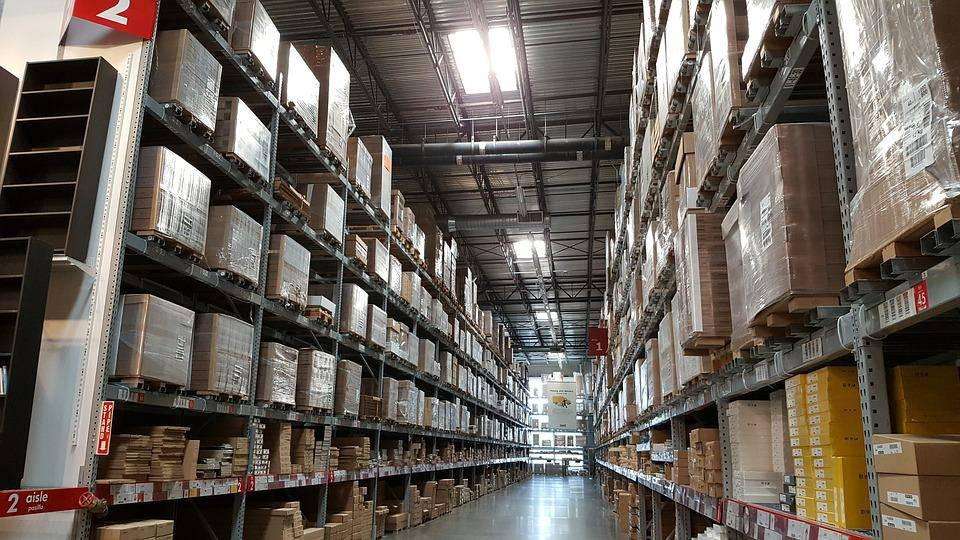
Outsource FBA prep
If your manufacturer has trouble abiding by Amazon’s complex & precise packaging/labeling requirements (or maybe in-house FBA prep is putting a bottleneck on your business and taking up too much of your valuable time)… you probably want to outsource your FBA prep to a dedicated prep service that can take it off your hands.
Many FBA business owners think “if we handle it in-house, then we’ll save on costs” – except they discover it takes far too much time, energy and resources to build and manage on your own. In turn, this often prevents many Amazon sellers from focusing on product and marketing… which are the high-leverage activities you ideally want to spend your time on – in order to grow and scale. As an Amazon seller, wasting your time on FBA prep will likely hold you back.
On top of that, Amazon’s own FBA prep services come out exceedingly more expensive than dedicated FBA prep services. This is the reason why most Amazon FBA businesses prefer to outsource to a committed partner that can handle inspections, inventory counts, storage, and complex packing/labeling requirements that 1) abide by Amazon’s compliance rules, and 2) are customized to your specific products, bundle sets and more.
Almost all manufacturers have issues staying within compliance, which makes the best FBA prep service a no-brainer choice for most Amazon sellers (in order to avoid costly penalty fees or having inventory shipped back to sender – which can be a disaster).
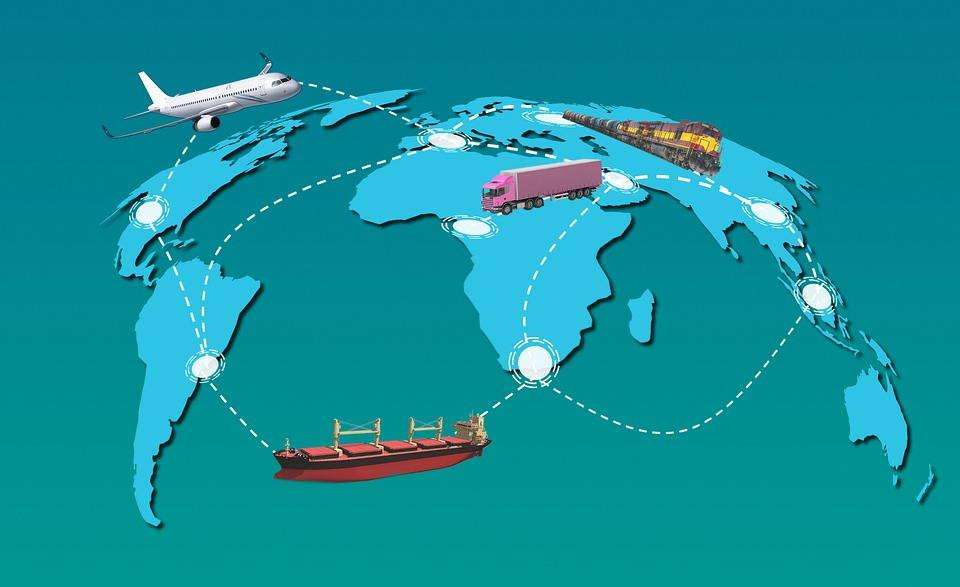
Streamline and optimize your supply chain
Did you know that many manufacturers (and maybe some of the ones you’re currently buying from now) actually are NOT the original manufacturers for your product? (Or at least parts of your product.)
Oftentimes, manufacturers will actually have sub-suppliers that they source the original parts from – and then mark-up the price when they sell you the finished product.
Try exploring and tracing the origins of your product as far back into the production cycle as you can. If you can deal directly with the original manufacturers of your products, you can definitely cut costs and boost profit margins. There’s really no need to deal with middlemen who are taking a portion of the profit you should be earning – and with your competitors on Amazon constantly dropping their prices for customers… this can turn out to be a major bottom-line improver for your FBA business, since you can now compete on price much better than competitors.
One other way to optimize your FBA supply chain is to look outside of China as well. There’s Vietnam, India, Mexico, and Thailand to name a few – which can open up a whole new set of options and product-sourcing avenues to explore. Pay attention as economic conditions change across several countries in the SE Asia region, especially with how labor costs and import/export fees decrease. Many Chinese factory owners are also seeking opportunities in these countries – which means Amazon FBA sellers should keep an eye on the situation as well.
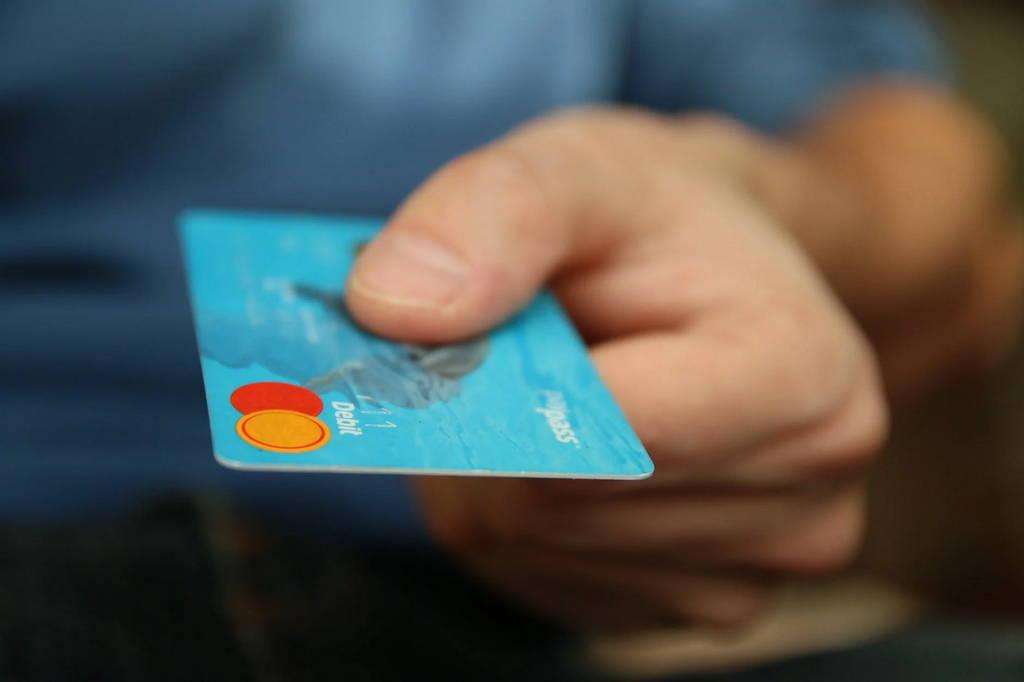
Take advantage of all cash-back & spending rewards – including credit cards
When you first began your Amazon FBA business (or maybe you began outside Amazon with a standard e-commerce website), you probably paid for expenses with your bank account or PayPal. To get started, there’s nothing wrong with that of course… but as you grow and increase your bulk inventory purchases, you should definitely be taking advantage of basically free money.
Explore your options for rewards & cash-back credit cards that offer sizable bonuses on your purchases – which will likely be eligible for almost every expense among your cost-of-goods (inventory, shipping, etc). If you can shave off one, two, or even five percent of your expenses with cash back… that can have a noticeable impact on your bottom line – especially if it covers advertising/PPC expenses too.
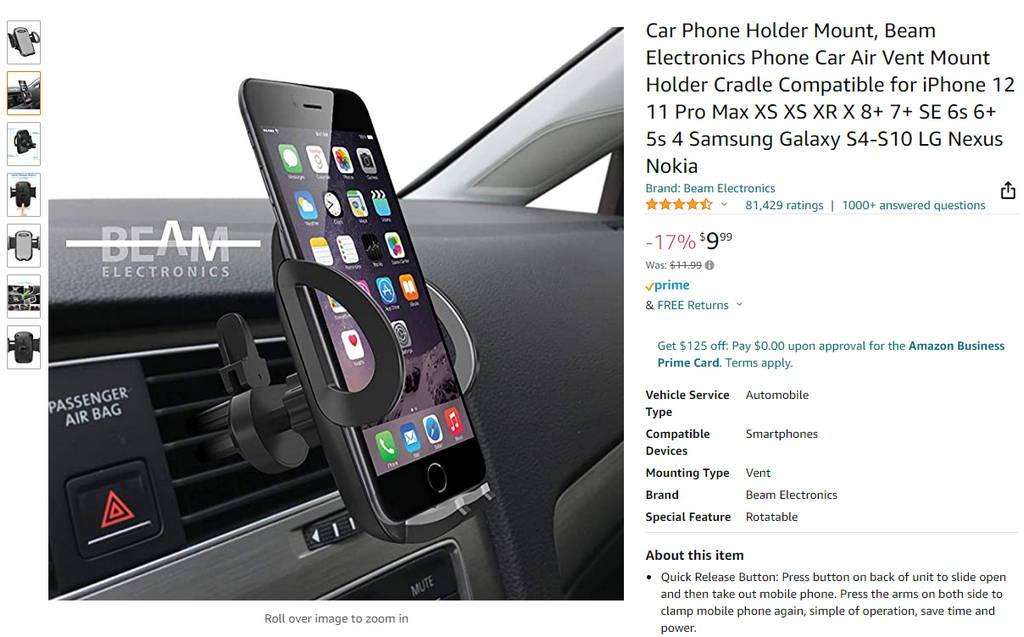
Increase conversion rate on your product pages
This strategy is particularly effective for advertising and PPC traffic – since you’re paying less per conversion, which directly improves profit margins. If you’re paying to drive traffic to your product pages, then your primary KPI metric is always going to be cost per conversion (sometimes referred to as CAC – cost to acquire a customer, or CPA – cost per acquisition).
However… if you can increase conversion rates for your listings, you might not have to focus so much on SEO or advertising anymore. You might also be able to get away with increasing your price and maintaining the same sales volume – which might be ideal for you, depending on your cash flow & product sourcing situation.
You can increase your conversion rates by doing the following:
- Focusing on benefits (as opposed to features) on product listings
You always want to clearly and concisely tell the customer how your product is going to solve their problem, make them feel better & improve their life – instead of simply telling them the height, weight and basic specifications. Make sure to strategically think about how to convey your product features in the form of describing the main benefits – for example: “Use our built-in 20 hour rechargeable battery to enjoy your camping trip without losing power and constantly recharging every day (unlike most competitors which lose power in only 10 hours).” See how that goes beyond just “long 20 hour battery capacity” and portrays the benefit? Always think next level.
- Optimizing product images
This is the very first touchpoint for potential customers when they reach your listing. Make sure to include both white-background images that clearly show important angles of the product in detail, and lifestyle images that show the product in action. You also likely want to include the most important features (size, compatibility, etc) and benefits (with short-form copywriting and persuasion) in the form of captions. Ask yourself – if I was a customer who wanted a product like this, what angle and view of the product would I be looking for? Would I want to zoom in somewhere? Would I want to see it in action with a specific situation? What features and benefits would I want to know right away? Show empathy and put yourself in the customer’s shoes.
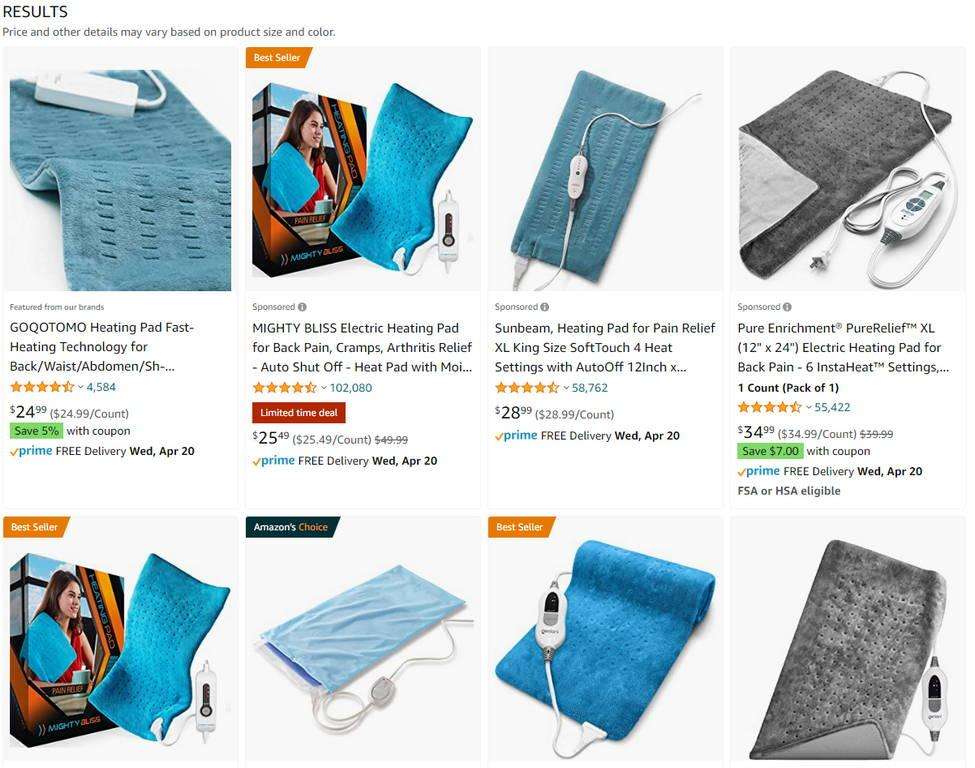
Increase search rankings for targeted keywords
As almost every Amazon FBA seller knows… SEO is the name of the game (besides PPC, for the most part). Figuring out the ranking algorithm for Amazon’s search engine (especially for your target keywords) will drive sales on autopilot, which is truly the holy grail of selling any sort of product or service online – whether on Amazon or not.
If you can drive traffic and generate revenue without paying for each page view and customer… you have a bulletproof business that almost can’t fail.
The challenge is – every Amazon FBA business works incredibly hard to maximize the SEO potential for their listings, and you need to double and triple down on the best SEO tactics to rank highly for your product’s target keyword (or discover new & under-tapped keywords with low competition & good search volume). Use the various Amazon research tools for keyword research – or you can start by scouting your competition and finding their keywords too. Identify keyword opportunities and sprinkle them in your listings 2-5 times each, without spamming your titles and descriptions.
On top of that, don’t forget that Amazon listings are capable of ranking extremely well in Google’s search engine too. In terms of on-page optimization, there isn’t much else you need to do to rank in Google (besides what you do to rank in Amazon already)… but don’t forget off-page optimization needs additional work, before you can expect to rank your Amazon product page in Google.
While ranking in Amazon has nothing to do with backlinks, it’s one of the main factors for Google. Backlinks occur when other websites link back to your website (in this case, your Amazon product page URL). So if other websites are recommending your product and decide to publish your Amazon product link onto their website… that’s a backlink Google will detect in their algorithm (which routinely scans every webpage on the internet). Over time, more backlinks will typically lead to higher rankings – since Google views backlinks as a trustworthy signal that your URL is valuable, and therefore worth ranking high in the search engine.
Enhance (or create) your product’s brand – allowing you to increase perceived value
Perceived value is the value your potential customer thinks your product is worth – which will increase if you “brand” your products correctly.
By coming up with a high quality, attractive brand name and logo for your products… customers will compare your branding to your competitor’s boring, unbranded products – which tend to be perceived as low quality by most customers.
Ask yourself – which one would you rather buy?
- Wireless Bluetooth Keyboard with Rechargeable Battery, Full Number Keypad – Silver
- Zenovo G49X Bluetooth Keyboard with 30ft Wireless Range & Rechargeable Battery – Silver
Assuming you have optimized product images and attractively display your brand logo on the product… you’ll almost always get more interest with a sweet brand name, compared to regular unbranded products – and your conversion rate will reflect that. Don’t be afraid to increase your price a bit either, in exchange for maintaining the same conversion rate. Both options will help increase your Amazon FBA profit margins.
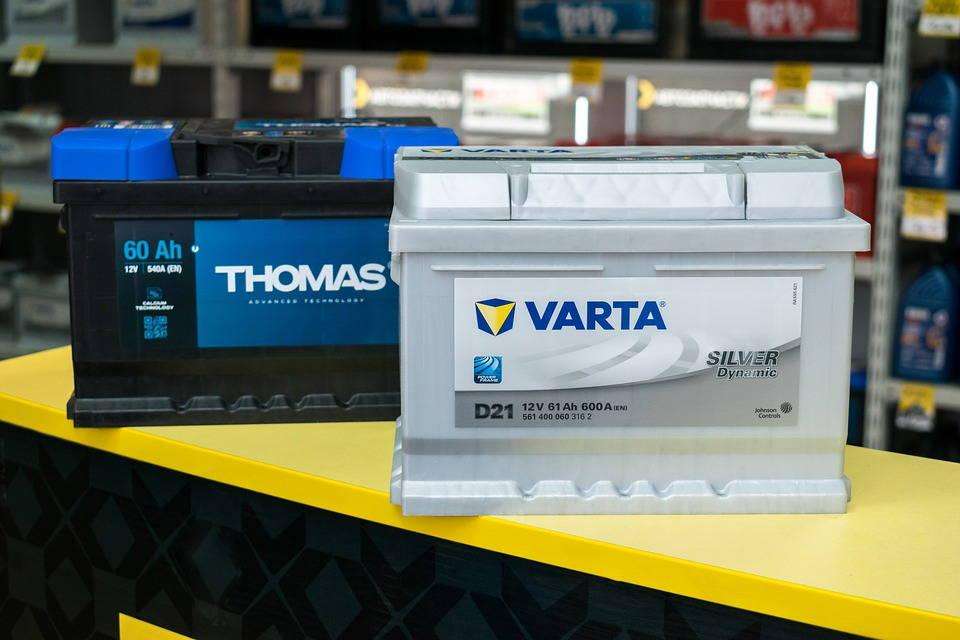
Always choose high-quality products & rigorously test different manufacturers
You might be thinking – “high quality products always cost more, how is that going to improve my profit margins when my cost-of-goods directly increases now?”
Think about it like this… what’s one of the main reasons a customer is willing to even purchase from you in the first place?
Good reviews.
Without good reviews, customers are much less likely to buy your product – and often won’t even consider it, due to the vast amount of competition out there with better reviews.
If your product quality is low… you’re actually dooming yourself from the beginning. It doesn’t even give yourself a chance to sell through your products in the first place (at a rate worth operating under, considering the cash flow challenges inherent to selling with Amazon FBA).
There’s a baseline level of product quality you need to reach in order to even run a successful Amazon FBA business in the first place – which is the first thing to understand.
Second, the higher your product quality, the more of a “snowball” you’ll be able to generate – which will increase your profit margins in the long run. Higher product quality will lead to better reviews, which leads to higher conversion rates, and therefore leads to improved margins. As long as the unit price isn’t completely out of range… don’t be afraid to pull the trigger on a premium product.
However, you’ll need to test out multiple samples from different manufacturers. Don’t take this process lightly – finding the sweet spot between acceptable price and high product quality can help grow and scale your Amazon FBA business just as well as any other advertising or SEO strategy.
Wrapping up
Boosting profit margins for your Amazon FBA business is a game of margins, and every tiny step towards squeezing out more profit can help sustain and secure your business’s future (even in small percentages).
Remember – retail businesses that allow for the level of automation of Amazon FBA are seeing highly-increasing evaluations these days. Multiples are increasing into the 3x, 4x and sometimes beyond 5x EBITDA (earnings before interest, taxes, depreciation, and amortization added back) – which is how many e-commerce businesses are valued in this day and age.
(For example, if your Amazon FBA business is pulling in $360k in yearly profit, you could be looking at $360k multiplied by 3-5x EBITDA, which equals between $1.08 – $1.80 million in value).
Even the smallest improvements on profit margin can not only improve your cash flow, speed up & accelerate growth, and increase your take-home pay… but it also has a scalable and multiplying effect on your FBA business’s value. If your revenue is large enough, a tiny 3% improvement to your profit margins can lead to tens or even hundreds of thousands in added evaluation – which goes directly into your pocket if you decide to eventually sell.
Combined altogether, these 8 strategies are high-leverage and highly-scalable tactics you can use to ultimately accomplish what you’re here to do in the first place – generate consistent profit and secure life-changing wealth by scaling your Amazon business.

